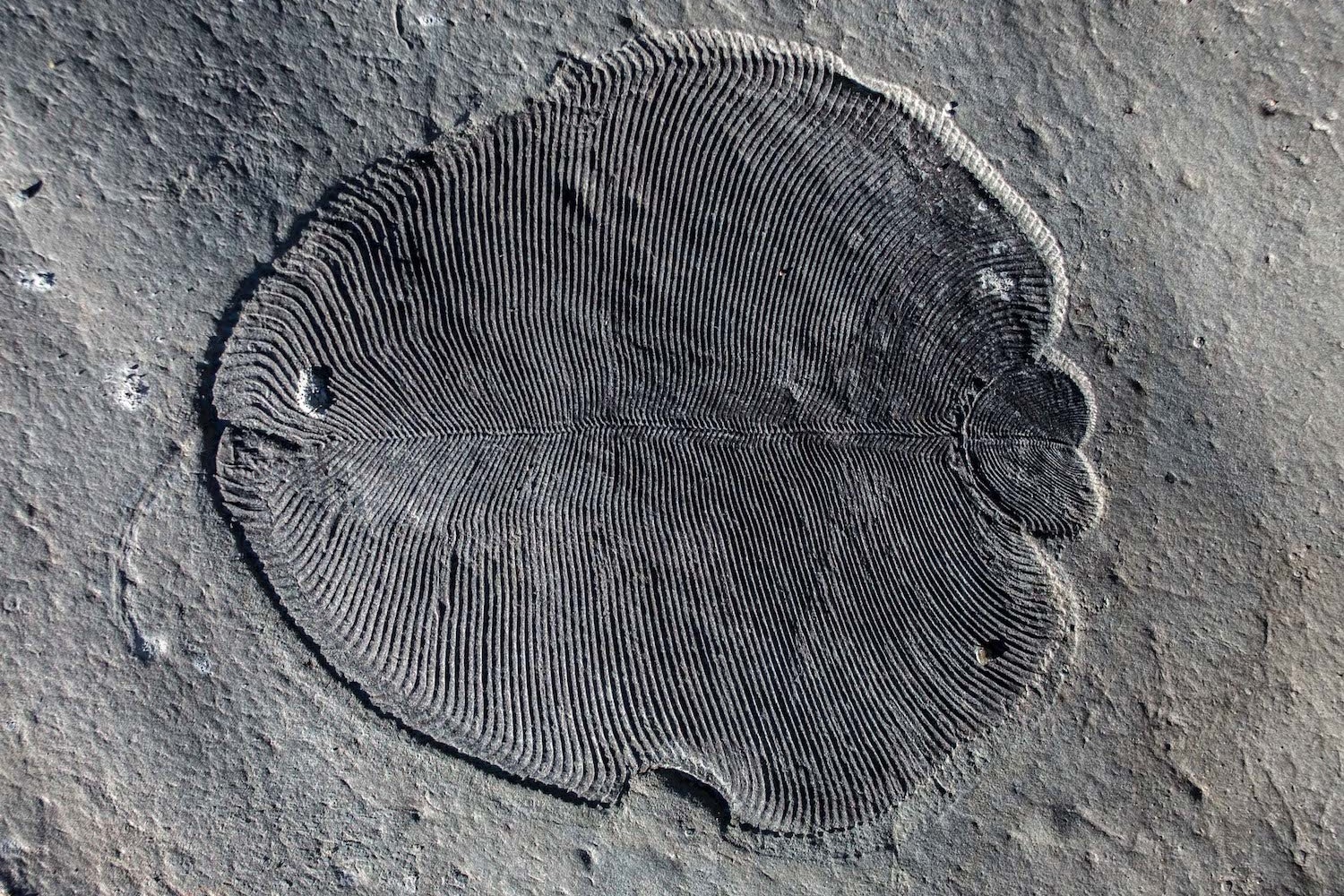Dickinsonia, The Oldest Animal Known To Date: 558 Million-Years-Old Fossil Discovered in Russia

The traces of the earliest animal known to have lived on Earth were found on the northwest coast of Russia, close to the White Sea. The creature is called Dickinsonia, and analysis shows it should have been alive almost 558 million years ago, where it lived at the bottom of the sea, during the Ediacaran era, millions of years before the Cambrian explosion.
According to Avocator, these animals would have been flat, with a soft jelly-like body and ridges on the sides of its center. The ridges were called units, and as the animal grew, so did the units. An adult Dickinsonia would have reached the size of 1.4 meters (4.6 ft) in length, which is pretty huge for a multi-cellular creature before the Cambrian era.
Even though scientists have been aware of the Dickinsonia for the past 75 years, studies debated whether it was just a kind of an amoeba, a lichen or a fungus. However, the new study recently published in Science shows that Dickinsonia are animals, and comes with a strong argument.
Fossil Fat – The Creature Produced Cholesterol
Scientists discovered that the fossil contained molecules of fat, which were only produced by animals. Jochen Brocks, an associate professor at the Australian National University (ANU) and the co-author of the study explains in a video posted by ANU on Youtube, the following:
“The fossil fat now confirms Dickinsonia as the oldest known animal fossil, solving a decades-old mystery that has been the Holy Grail of palaeontology.”
This particular fossil specimen found in Russia was so well preserved that stunned co-author of the study, Ilya Bobrovskiy (Ph.D. student at ANU):
“These fossils were located in the middle of cliffs of the White Sea that are 60 to 100 meters high. I had to hang over the edge of a cliff on ropes and dig out huge blocks of sandstone, throw them down, wash the sandstone and repeat this process until I found the fossils I was after.”
This discovery make the Dickinsonia the earliest animals ever discovered, as they lived before the period when evolution led to a diverse group of animals (the Cambrian explosion), some which are alive today.
0 comments